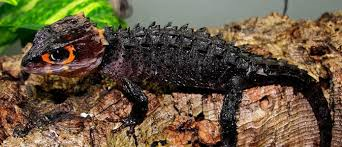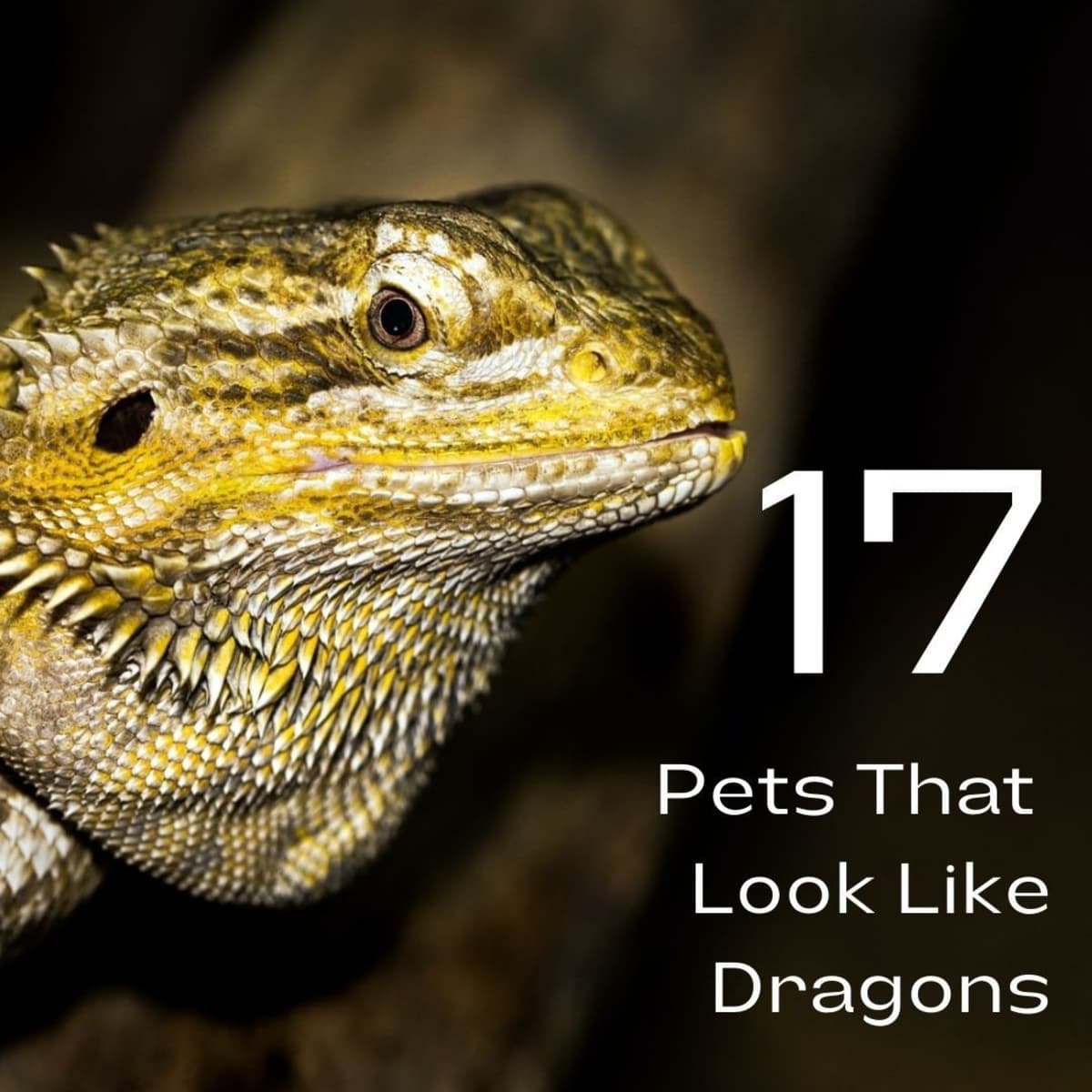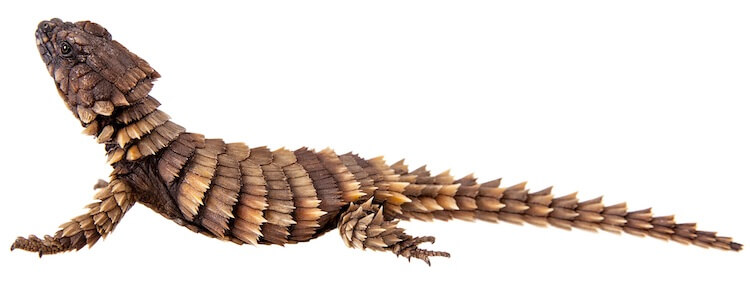


They are brown to yellow-brown and have a few sparse hairs on their bellies. The larger adult males weigh between 12 and 17 pounds whereas the smaller females weigh between 8 and 13 pounds. They are 24 to 32 inches long of which 9½ to 14½ inches is tail. The nine-banded armadillo is about the size of an opossum or large house cat. Many are killed while trying to cross roads or highways or when feeding along roadsides. There are no specific threats to their survival.

Because they are not protected in Georgia, they can be hunted or trapped throughout the year. Georgia law prohibits keeping armadillos in captivity, however. Their common name, armadillo, is derived from a Spanish word meaning “little armored one.” StatusĪrmadillos are considered both an exotic species and a pest. The species name, novemcinctus, refers to the nine movable bands on the middle portion of their shell or carapace. The armadillo is so named because the Aztec word for armadillo meant turtle-rabbit. The genus name, Dasypus, is thought to be derived from a Greek word for hare or rabbit. Nine-banded Armadillo – Dasypus novemcinctus Order Xenarthra – Armadillos, Anteaters, and Sloths These disappeared in the ice ages long before humans inhabited North America. About two million years ago a relative of the armadillo as large as a rhinoceros lived in South America, and small cousins lived as far north as Canada. These include the giant armadillo, which can weigh up to 130 pounds, and the pink fairy armadillo, which weighs less than 4 ounces. Only one species of armadillo lives in Georgia and the southeastern United States, but 20 recognized species are found throughout Central and South America. Armadillos are common in central and southern Georgia and are moving northward. Just like a turtle, the shell is called a carapace.
#ARMADILLO LIZARD CARE SHEET SKIN#
No other mammal in Georgia has bony skin plates or a “shell,” which makes the armadillo easy to identify. In fact, armadillos have small, peg-like teeth that are useful for grinding their food but of little value for capturing prey. This tells us that they have poorly developed teeth and limited mobility. Scientists classify armadillos with anteaters and sloths.


 0 kommentar(er)
0 kommentar(er)
